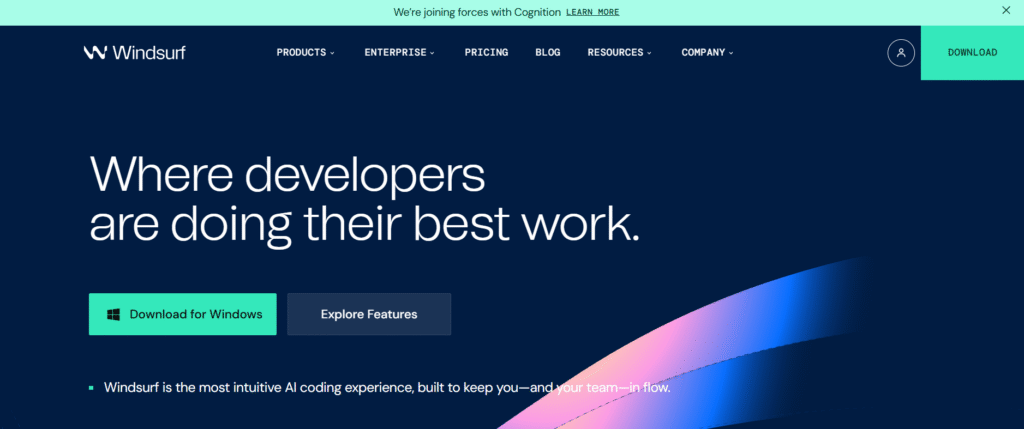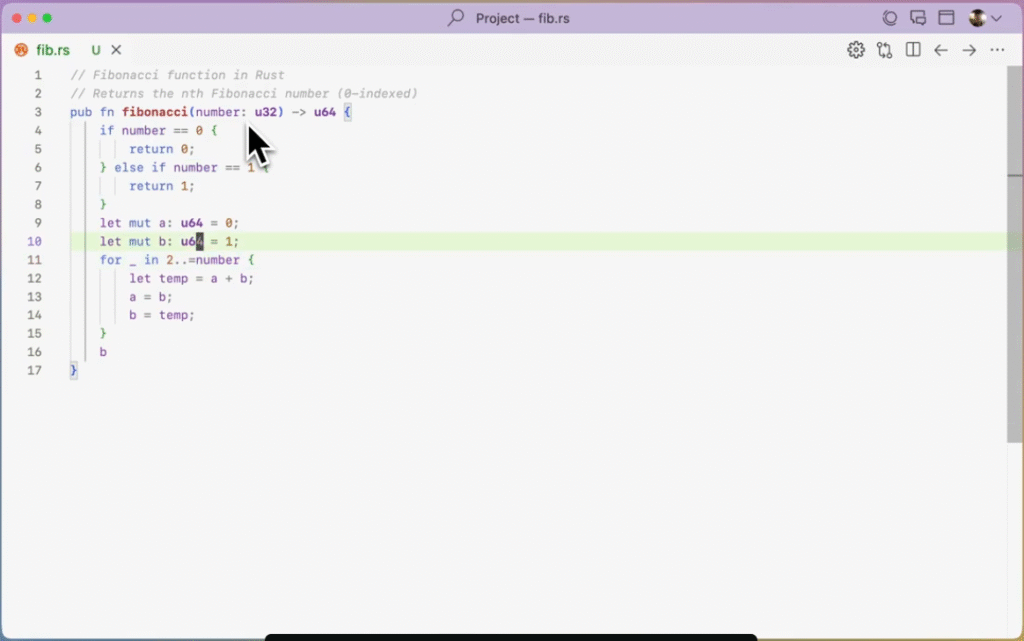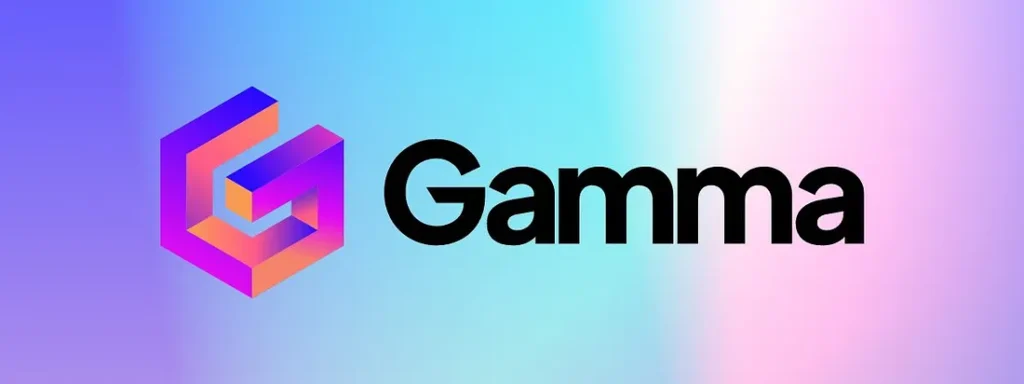Is your creative workflow fragmented? Discover how Windsurf unifies design, content, and feedback. Our review explores its powerful features and breaks down the windsurf price to see if it’s the right tool for your team.
Introduction: The Chaos of Modern Creative Work
Imagine this: your design files are in Figma, your copy is in a Google Doc, stakeholder feedback is scattered across Slack threads and email chains, and the final project brief is buried in a forgotten Notion page. This fragmented reality is the daily struggle for countless designers, product managers, and marketers. The tools we use, while powerful individually, often create silos that hinder our progress and dilute our creative vision.
Enter Windsurf. This isn’t another project management tool or a design plugin. It’s a bold reimagining of the entire creative process—a unified canvas built for the modern, iterative workflow. The name itself is evocative: to windsurf is to harness natural forces for graceful, powerful movement skillfully. Similarly, the platform aims to help teams harness their collective ideas and momentum, turning chaotic feedback into a smooth, directed path to launch.
But what exactly is it, and does it live up to the hype? This in-depth review will deconstruct Windsurf, exploring its core features, its potential to streamline your workflow, and a crucial factor for any team: the windsurf price. Let’s dive in.

What is Windsurf? More Than a Design Tool
At first glance, you might mistake Windsurf for a prototyping tool like Figma or a documentation platform like Notion. In reality, it’s a hybrid that sits elegantly between them. Windsurf is a collaborative workspace designed specifically for product development and marketing teams to build, write, and review work together, in context.
The platform’s core innovation is its “canvas” approach. Instead of toggling between tabs, you can embed live, interactive Figma frames, link Jira issues, add text blocks, insert videos, and gather feedback—all in a single, shareable location. It acts as the central source of truth for any project, from a new feature launch to a complete marketing campaign.
Core Features That Set Windsurf Apart
Let’s break down the specific functionalities that make Windsurf a compelling choice.
1. The Unified Canvas: Where Everything Comes Together
The canvas is the heart of the Windsurf experience. It’s an infinite digital whiteboard, but with superpowers. You can:
- Embed Live Figma Frames: No more static screenshots. Embed a live Figma file that stays in sync. When the design updates in Figma, it updates on your Windsurf canvas.
- Integrate Jira & Linear: Directly link tickets and issues. Team members can see status, assignees, and details without leaving the canvas.
- Rich Content Blocks: Add text, images, videos, links, and code snippets to provide full context alongside your designs.
- Loom Integration: Embed Loom videos for async video feedback or walkthroughs right next to the relevant design frame.
2. Contextual Feedback and Review
This is where Windsurf truly shines and eliminates the “feedback chaos.”
- Pinpoint Comments: Instead of saying “can we move this button?” in an email, reviewers can place a comment pin directly on the specific element in the embedded Figma frame. This creates unambiguous, actionable feedback.
- Threaded Discussions: Comments can spark threaded conversations, ensuring all discussion about a particular element is contained and trackable.
- Resolution Tracking: Mark comments as resolved to keep the review process clean and everyone on the same page.
3. Powerful Organization and Navigation
As projects grow, so does the complexity. Windsurf provides structure without rigidity.
- Frames and Sections: Organize your canvas into distinct frames (e.g., “Homepage – Desktop”) and sections (e.g., “User Research,” “V1 Mockups,” “Copy Deck”).
- Table of Contents: Windsurf automatically generates a clickable table of contents based on your sections, making it easy to navigate large projects.
- Version History: Track changes to the canvas over time, allowing you to see the evolution of a project.
4. Seamless Integrations
A tool is only as good as its connections. Windsurf offers deep integrations with the tools you already use, including:
- Figma (the most critical integration)
- Jira and Linear
- Loom
- Slack (for notifications)
- Google Drive

Who is Windsurf For? Identifying the Ideal User
Windsurf isn’t for everyone, but for its target audience, it can be a game-changer.
- Product Managers: Can create a single, living PRD (Product Requirements Document) that combines user stories, designs, and engineering tickets.
- Designers: Can present their work in full context, reducing miscommunication and endless back-and-forth.
- Marketing Teams: Can plan entire campaigns, keeping ad copy, landing page designs, and asset approvals in one place.
- Developers & Engineers: Can access a project and see the latest designs, copy, and feedback without hunting through multiple apps.
- Freelancers & Agencies: Can present work to clients in a professional, organized manner, streamlining the review and approval process.
The User Experience: Sailing Smooth or Choppy Waters?
Onboarding with Windsurf is intuitive. The interface is clean and borrows familiar paradigms from tools like Figma and Notion, reducing the learning curve.
The Positives:
- Performance: Canvases load quickly, and interacting with embedded Figma files feels native.
- Intuitive Editing: Adding text, images, and frames is a drag-and-drop process that most users will grasp immediately.
- Visual Clarity: The platform is visually uncluttered, which helps keep the focus on the work, not the tool.
Areas for Consideration:
- Adoption Hurdle: Like any new tool, the biggest challenge is getting the entire team to adopt it and break old habits of using email and Slack for feedback.
- Learning Curve for Complex Workflows: While basic functions are simple, structuring large, complex projects effectively on the canvas requires some forethought.
Breaking Down the Windsurf Price: What Does It Cost?
A critical question for any team is the value proposition. Let’s analyze the windsurf price structure. Windsurf offers a straightforward pricing model with a generous free tier.
1. Free Plan
- Cost: $0
- What’s Included:
- Unlimited viewers
- 3 editable canvases
- Basic integrations (Figma, Jira, Loom)
- Standard support
- Best For: Small teams, freelancers, or anyone who wants to test the platform thoroughly on a few key projects. It provides enough functionality to understand the core value.
2. Pro Plan
- Cost: $16 per editor per month (billed annually) or $20 (billed monthly).
- What’s Included: Everything in Free, plus:
- Unlimited editable canvases
- Advanced integrations (Slack, Google Drive)
- Private canvases
- Priority support
- Advanced security features (SSO)
- Best For: Growing teams and established companies that have fully adopted Windsurf into their workflow. The per-editor pricing is fair, as “viewers” (clients, stakeholders, certain team members) are free.
Is the Windsurf Price Worth It?
The value of Windsurf isn’t in the features listed on a pricing page; it’s in the time and frustration it saves.
- For a team of 5 editors, the annual Pro plan would cost $80 per month or $960 per year.
- The ROI Calculation: If Windsurf saves each team member just 2-3 hours per month previously wasted on hunting for files, deciphering feedback, and updating outdated documents, it has likely already paid for itself. The reduction in miscommunication and rework provides even greater, though harder-to-quantify, value.
The generous free plan makes it a low-risk tool to try. The jump to the Pro plan is essential for any team serious about making Windsurf their central collaboration hub.
Final Verdict: Should Your Team Set Sail with Windsurf?
Windsurf is not just another tool; it’s a paradigm shift. It addresses a fundamental pain point in modern creative and product work with an elegant, powerful solution.
You should strongly consider Windsurf if:
- Your team relies heavily on Figma and is drowning in feedback chaos.
- Your projects suffer from a “context gap” where developers, designers, and copywriters aren’t fully aligned.
- You waste significant time stitching together information from different apps for reviews and presentations.
- You are looking for a single source of truth for your product launches or marketing campaigns.
The platform truly empowers teams to windsurf through their projects—harnessing the collective wind of ideas and collaboration to move forward with speed and precision. While it requires a shift in process, the potential payoff in clarity, efficiency, and output quality is immense.
The windsurf price, especially with its free tier, presents a very low barrier to entry. The best way to understand its value is to experience the clarity it brings.
Ready to tame your creative chaos? Visit Windsurf to start your free plan and see how a unified canvas can transform your team’s workflow.

